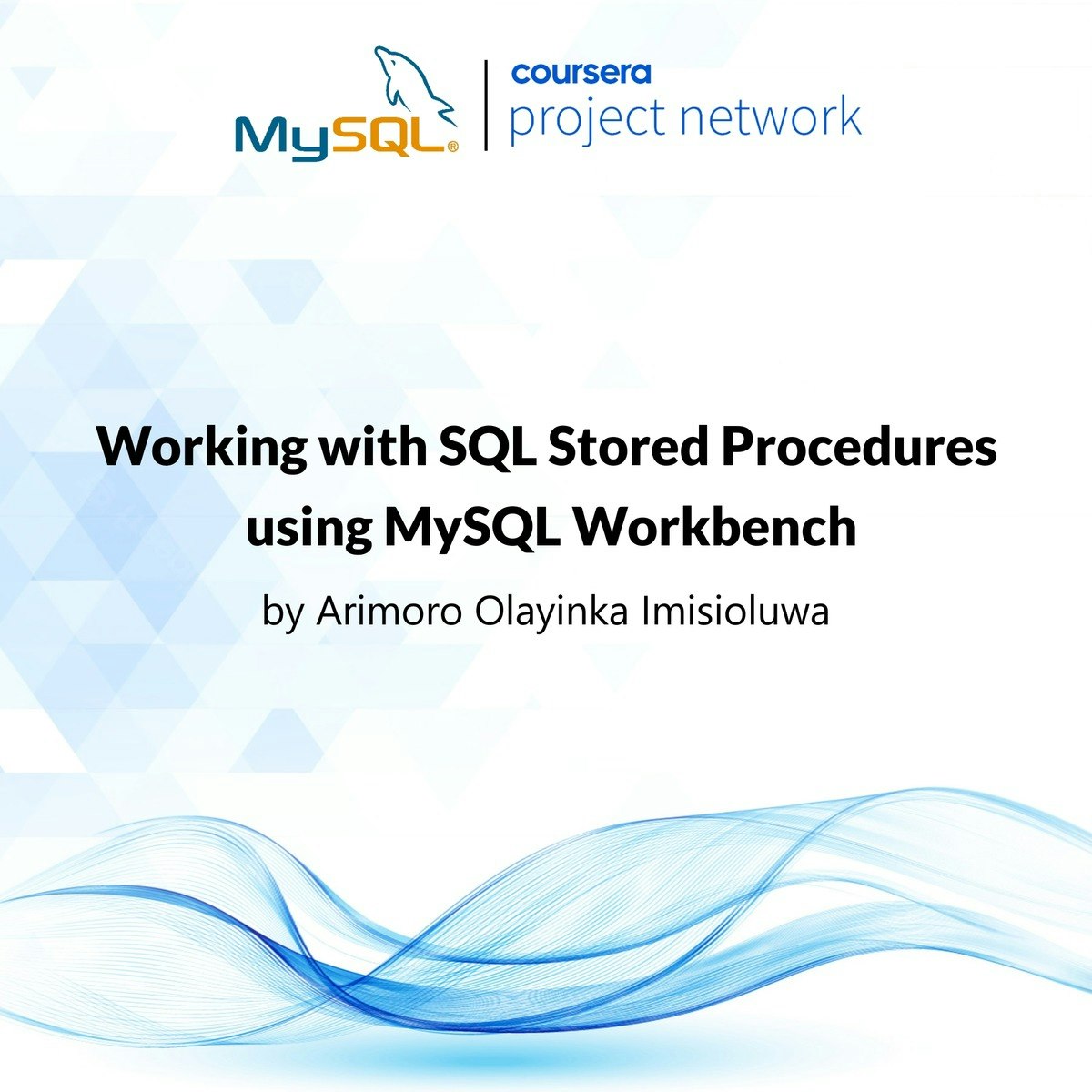Back to Courses









Data Management Courses - Page 27
Showing results 261-270 of 399

Preparing for DP-900: Microsoft Azure Data Fundamentals Exam
Microsoft certifications give you a professional advantage by providing globally recognized and industry-endorsed evidence of mastering skills in digital and cloud businesses. In this course, you will prepare to take the DP-900 Microsoft Azure Data Fundamentals certification exam.
You will refresh your knowledge of the fundamentals of database concepts in a cloud environment, the basic skilling in cloud data services, and foundational knowledge of cloud data services within Microsoft Azure. You will recap on non-relational data offerings, provisioning and deploying non-relational databases, and non-relational data stores with Microsoft Azure.
You will test your knowledge in a series of practice exams mapped to all the main topics covered in the DP-900 exam, ensuring you’re well prepared for certification success. You will prepare to pass the certification exam by taking practice tests with similar formats and content.
You will also get a more detailed overview of the Microsoft certification program and where you can go next in your career. You’ll also get tips and tricks, testing strategies, useful resources, and information on how to sign up for the DP-900 proctored exam. By the end of this course, you will be ready to sign-up for and take the DP-900 exam.
This course is intended for candidates with both technical and non-technical backgrounds. Data science and software engineering experience is not required; however, some general programming knowledge or experience would be beneficial. To be successful in this course, you need to have basic computer literacy and proficiency in the English language. You should be familiar with basic computing concepts and terminology, general technology concepts, including concepts of machine learning and artificial intelligence.

Getting Started with Cloud KMS
This is a self-paced lab that takes place in the Google Cloud console. In this lab you'll work with advanced features of Google Cloud Security and Privacy APIs, including setting up a secure Cloud Storage bucket, managing keys and encrypted data using Key Management Storage, and viewing Cloud Storage audit logs.

Getting Started with Splunk Cloud GDI on Google Cloud
This is a self-paced lab that takes place in the Google Cloud console.
A step-by-step guide through the process to configure multiple methods to ingest Google Cloud data into Splunk. In this hands-on lab you'll learn how to configure Google Cloud to send logging and other infrastructure data to Splunk Cloud via Dataflow, the Splunk Add-on for Google Cloud Platform, and Splunk Connect for Kubernetes (SC4K).

Working with SQL Stored Procedures using MySQL Workbench
Have you thought about creating a query that can be called several times to perform a routine task? Stored procedures offer this with a great advantage of efficiency. This project-based course, "Working with SQL Stored Procedures using MySQL Workbench" is intended for intermediate SQL users with some related experiences with SQL and who are willing to advance their knowledge and skills.
In this 2-hour project-based course, you will learn how to create stored procedures for different tasks including stored procedures with one input parameter, multiple input parameters, and an output parameter(s). This course is structured in a systematic way and very practical, where you get an option to practice as you progress.
This project-based course is an intermediate-level course in SQL. Therefore, to get the most out of this project, it is essential to understand using SQL. Specifically, you should be able to write SQL JOIN statements and work with aggregate functions. If you are not familiar with these concepts, it will be helpful to complete my previous project titled "Performing Data Aggregation using SQL Aggregate Functions" and “Mastering SQL Joins.”
However, if you are comfortable with these SQL concepts, please join me on this wonderful ride! Let’s get our hands dirty!

Managing Terraform State
This is a self-paced lab that takes place in the Google Cloud console.
In this hands-on lab you will import existing infrastructure, write Terraform configuration that matches that infrastructure, and manipulate state storage with Terraform.

Retrieve Data with Multiple-Table SQL Queries
In this course you will be introduced to two methods of writing SQL queries that retrieve data from two or more tables. Since one of the functions of a database is to store data in an organized format, many databases are made up of multiple tables. Often, the data output required from the database is made up of data from more than one table. For example, the data that populates a student transcript might come from the Student, Course, and Section tables. While the Student table may provide the student’s name, the name and number of the course might come from the Course table and the specific grade for that course may come from yet another table. While writing SQL queries in SQLiteStudio, you'll learn the SQL syntax required to join tables together as you develop an understanding of how the relationships among tables come into play.
Note: This course works best for learners who are based in the North America region. We’re currently working on providing the same experience in other regions.

Aggregate Data with LibreOffice Base Queries
By the end of this project, you will have written LibreOffice Base queries to retrieve and aggregate data from a Sales database. Using both the Query Design tool and the SQL View you will group and summarize data using functions such as: Sum, Average, Count, Min and Max. Aggregating (grouping and summarizing) data can significantly increase its value when provided to users for use in analysis.
Note: This course works best for learners who are based in the North America region. We’re currently working on providing the same experience in other regions.
IBM Data Privacy for Information Architecture
Data privacy controls how information is collected, used, shared, and disposed of, in accordance with policies or external laws and regulations. In this course, students will gain an understanding of what data privacy is along with how to identify and understand typical data protection and privatization objectives that an enterprise may have, and how to choose a data protection approach. The student will gain a background in multiple data privacy mechanisms and practices, and learn how to grow their data protection toolkit. The IBM DataFirst method will be the backbone of the discussion.

App Dev: Storing Image and Video Files in Cloud Storage - Python
This is a self-paced lab that takes place in the Google Cloud console. In this lab, you add images and video to an application. You store files as objects in a Cloud Storage bucket.

Privacy & Standardisation Capstone
Welcome to the capstone on the specialisation on Privacy & Standardisation. This capstone will build on the knowledge you obtained in the courses: Standardisation & Technology, Privacy in the Western World, Privacy in the USA and Privacy in Europe. The capstone will help you build a comprehensive opinion and it will challenge you in all areas of present-day privacy protection. The assignments invite you to use and revisit the material of all the courses. This capstone will link historic milestones to current limitations and offer you a journey through jurisdictions and technological fields alike.
Whereas in the previous courses you were assessed by quizzes, the capstone will require you to carefully consider all you have learned so far and detail your opinion. The assessment in this course will mainly be done by in-depth assignments. Use the few practice exercises well to give you a head start in the graded assignments!
Popular Internships and Jobs by Categories
Browse
© 2024 BoostGrad | All rights reserved


